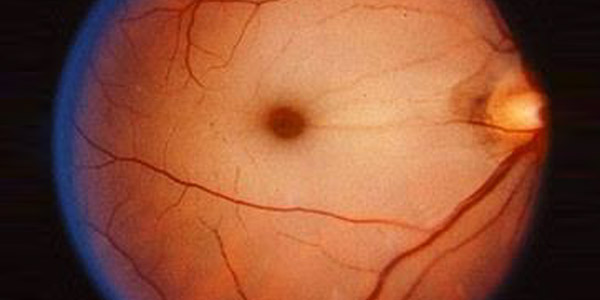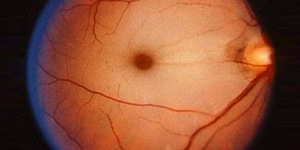Retinal Artery Occlusion Specialist
Common questions asked by patients: Can retinal artery occlusion be cured? Is a retinal artery occlusion a stroke? How do you fix a retinal occlusion? What is the most common cause of retinal artery occlusion? Visit us for the management of retinal artery occlusion.
Contact us for more information. We have convenient locations to serve you in Connecticut. We serve patients from Hamden CT, Norwalk CT, Trumbull CT, New Haven CT, Madison CT, Fairfield CT, Stratford CT, Northford CT, Woodbridge CT, Stamford CT, Weston CT, Bridgeport CT, Milford CT, North Haven Bridge CT, West Shore CT, Clinton CT, Guilford CT, and surrounding areas.




A retinal artery occlusion is a blockage of blood flow to the retina. In the same way that a heart attack or a stroke is a. blockage of blood flow to the heart or brain, a retinal artery occlusion results in inadequate circulation into the retina. This can cause severe, permanent vision loss since sensitive nerve tissue such as the retina requires a steady flow of oxygen and nutrients to stay alive. There are two main types of arterial occlusions – Central retinal artery occlusion (CRAO) and Branch retinal artery occlusion (BRAO). In most cases, no treatment has been proven to treat these conditions. However, there may be an underlying systemic medical condition such as a plaque dislocation from the carotid artery (large vessel in the neck) or an inflammatory disorder known as Giant Cell Arteritis (aka Temporal Arteritis). A full evaluation, medical work-up, and diagnosis is necessary to preserve as much vision as possible in the affected eye and to prevent an occlusion from occurring in the other eye. Occasionally, laser treatment is indicated for severely ischemic (oxygen deprived) arterial occlusions to prevent serious secondary complications.

Additional Treatments You May Like

Additional Treatments You May Like
- Macular Degeneration
- Scleral Buckling
- Uveitis
- Macular Edema
- Photodynamic Therapy (PDT)
- Degenerative Myopia
- Laser Photocoagulation
- Retinal Detachment
- Diabetic Retinopathy
- Lattice Degeneration
- Pneumatic Retinopexy
- OCT
- BRVO
- Inherited Retinal Disorders
- Macular Hole
- Flashes and Floaters
- Macular Pucker
- Angiography
- CRVO
- Cryotherapy
- Retinal Artery Occlusion
- Intravenous Fluorescein Angiogram
- Retinal Tear
- Vitrectomy
- AMD
- Intravitreal Injections
- Complications After Cataract Surgery
- CSCR
- Pars Plana Vitrectomy




